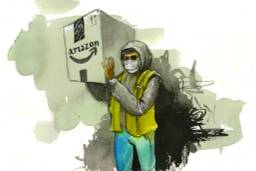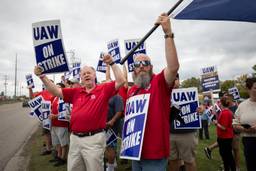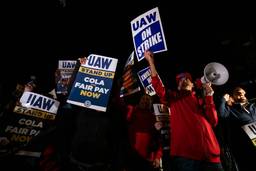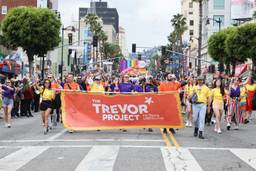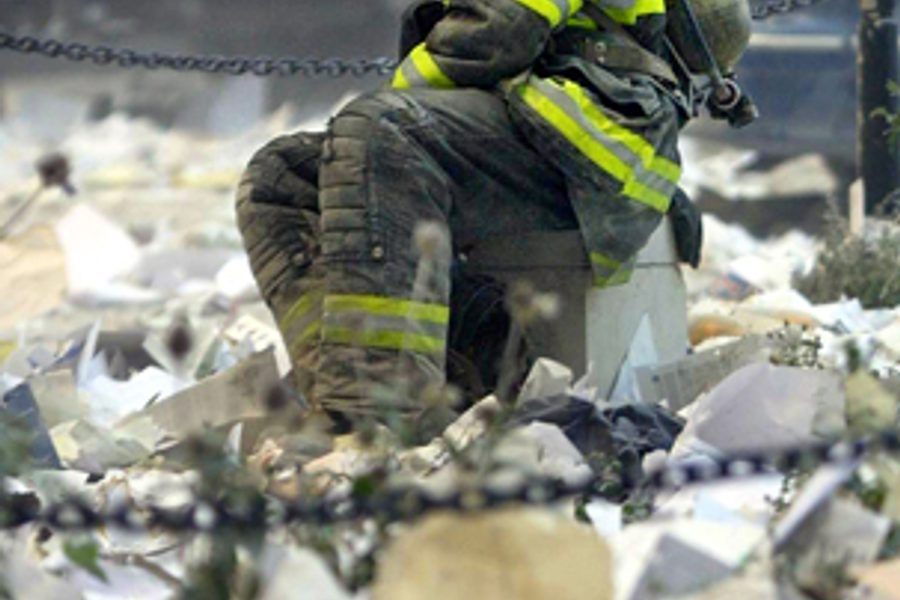
For the thousands who poured blood and sweat into the smoldering ruins of the World Trade Center, the ghosts of Ground Zero may finally be receding — at least in legal terms.
An extended deadline is approaching for a massive legal settlement that would attempt to compensate emergency responders, construction workers, and clean-up workers for the monstrous health impacts that thousands still suffer long after toiling on the “pile” after 9/11.
Many worked for months amid the rubble with minimal safety gear, exposed to an array of toxic debris and other environmental hazards – the exact physiological effects of which we are only beginning to understand. So far, extensive health research has tied Ground Zero pollution to numerous ailments, like severe asthma and cancer.
The settlement would distribute funds totaling as much as $712.5 million to people sickened by the disaster site. For the settlement to be implemented, 95 percent of plaintiffs will have to sign onto the plan by midnight November 16. Media reports suggest that a good portion, though perhaps not all, of the ailing workers, weary from years of litigation, are ready to stop holding out and resign themselves to the deal on the table.
A few months back, Judge Alvin K. Hellerstein rejected the initial settlement plan, calling for revisions so the award would be more fair to claimants by lobbing a few million off the proposed compensation for the legal team – smacking down the lawyers in true New York fashion.
The awards would be paid through a claims process administered by the WTC Captive Insurance Company. The idea of a massive, centrally managed fund of course raises the possibility that, as with Workers Compensation, the embattled Libby, Montana asbestos trust fund, and similar “no-fault” structures, claimants may be needlessly obstructed by bureaucratic gridlock or lawyerly shennanigans.
The Ground Zero attorneys, meanwhile, are pressing their clients to opt into the new settlement. They point out that receiving money from the settlement will not preclude plaintiffs from later receiving compensation from a pending bill in Congress, the James Zadroga Health and Compensation Act, which would provide long-term health coverage for impacted laborers.
Wherever the legal settlement goes from here, it’s clear that even after the legal dust settles, the struggle of some workers will continue. In the past few days, many immigrant workers, members of the 9/11 Workers Committee of the Queens-based Latin American Workers Project, are raising their voices against both the law firm behind the settlement, Napoli Bern Ripka, and Washington.
Years after helping clear out Ground Zero while immersed in toxic air, immigrant former clean-up workers contend that they’ve been unfairly shut out of the compensation plans. Some apparently missed the initial filing deadline for the suit, and going forward, the LAWC fears that undocumented workers will be barred from receiving funds under the Zadroga bill if it passes.
The Queens Courier quotes Colombian clean-up worker Jaime Munevar, decrying the “double injustice” of being both deprived of their health and denied compensation after serving dutifully at the crisis zone: “After risking our lives, they are going to close the door on us?”
Ground Zero provides a window into a collision course between the country’s political and health crises: broken immigration laws, a broken health care system, and vulnerable cities. The pending settlement is rough justice for those who have been irrevocably scarred by that day in September. The question that still looms over the city today has not yet been answered by Washington: whether our public health system, labor regulations, and social infrastructure will be strong enough to protect workers when the next catastrophe hits.

I hope you found this article important. Before you leave, I want to ask you to consider supporting our work with a donation. In These Times needs readers like you to help sustain our mission. We don’t depend on—or want—corporate advertising or deep-pocketed billionaires to fund our journalism. We’re supported by you, the reader, so we can focus on covering the issues that matter most to the progressive movement without fear or compromise.
Our work isn’t hidden behind a paywall because of people like you who support our journalism. We want to keep it that way. If you value the work we do and the movements we cover, please consider donating to In These Times.
Michelle Chen is a contributing writer at In These Times and The Nation, a contributing editor at Dissent and a co-producer of the “Belabored” podcast. She studies history at the CUNY Graduate Center. She tweets at @meeshellchen.



